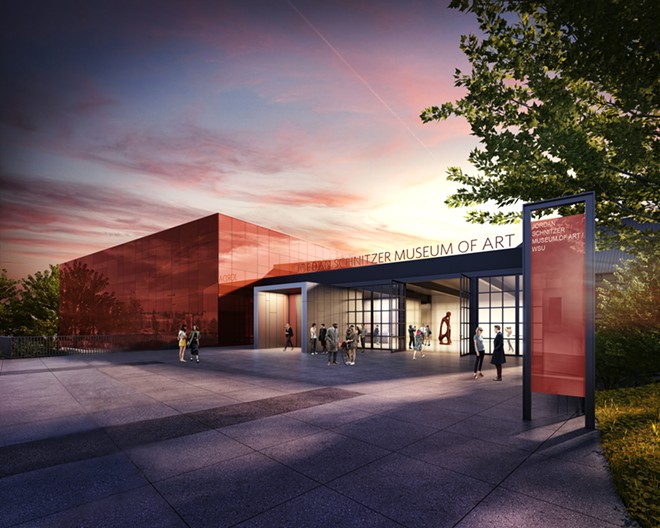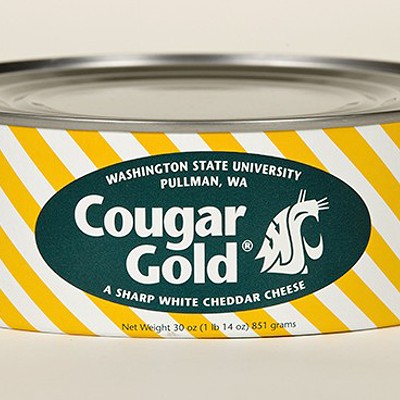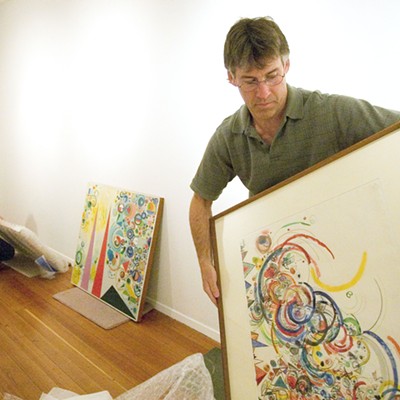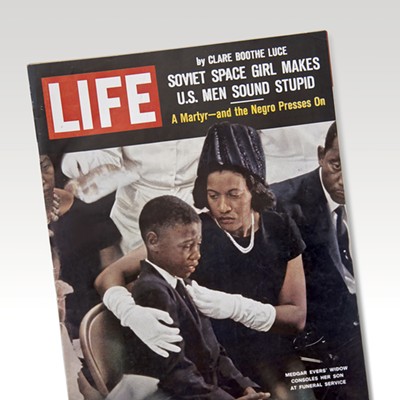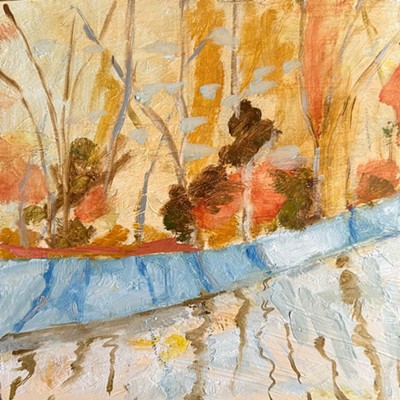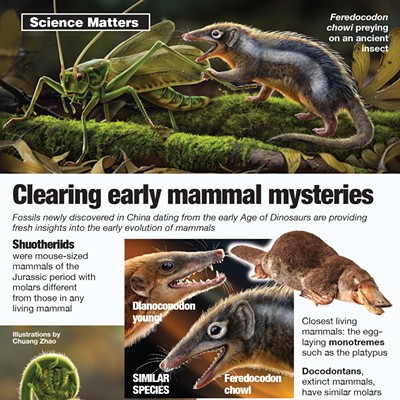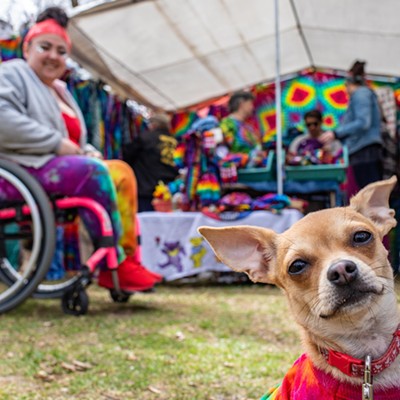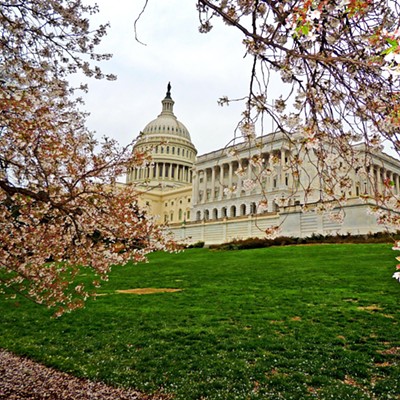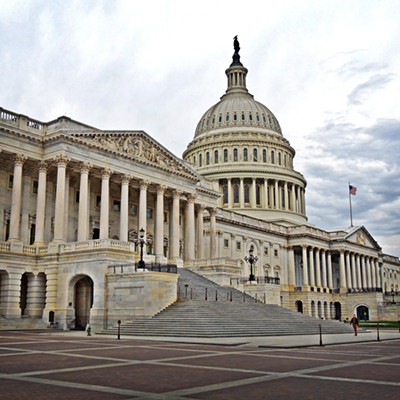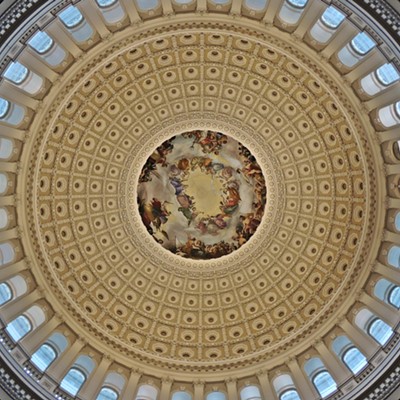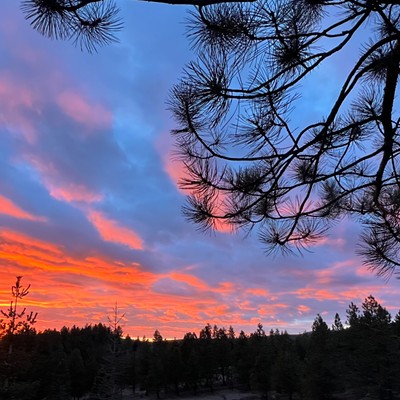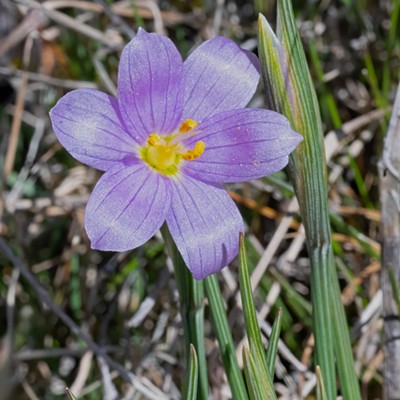The biggest public art museum in the region is due to be completed in Pullman in three months.
The crimson-mirrored and glass-walled exterior of the Jordan Schnitzer Museum of Art at Washington State University is intended to reflect its idealistic mission to the thousands of people who cross Terrell Mall each day at the heart of campus.
“The reason it was designed that way is that the arts mirror life, and this crimson cube is meant to reflect life on campus, to reflect the students, the faculty and the beautiful Palouse skies and hills. It’s sort of a metaphor for what art does for a community. Art is the mirror for the heart and soul. Everyone sees something different,” said Debby Stinson, the museum’s marketing and public relations manager.
The current art museum will close Nov. 17 and reopen with the new museum April 6 during Mom’s Weekend. The new space will feature six galleries totaling 10,000 square feet of exhibition space.
“From a curator’s perspective, having multiple galleries of different types and scales is liberating,” said Ryan Hardesty, curator of Art & Exhibitions for the museum. “Having spaces of different scales is going to allow us to do some things we‘ve been chomping at the bit to do for awhile now. We’re going to be able to take some risks, maybe accept some exhibitions we have passed on because of space.”
When the new museum opens, Gallery 1, “the Pavilion Gallery,” will showcase an interactive sound sculpture by cutting-edge Seattle artist Trimpin. In other galleries, exhibits will range from traditional prints to video experiences.
The 4,500-square-foot old museum will house the university’s permanent collection of more than 3,500 art works and be accessible by invitation or request to view by campus and community members, Stinson said.
The new museum cost $15 million to build. It was paid for by a $5 million donation from Portland arts philanthropist Jordan D. Schnitzer, $5 million from the university and $5 million in private donations, Stinson said.
This is the second of three museums that will bear Schnitzer’s name, Stinson said. Schnitzer began collecting art at age 14. “As he got older, it became his vision to share this collection specifically with populations that are underserved in art. All three museums are connected to university campuses in order that the students in these remote areas are inspired, educated and engaged during their time at university with art.”
The combined old and new spaces will help the university meet its academic mission and serve as a community gathering point and nexus for innovative art from the region and beyond, Hardesty said.

